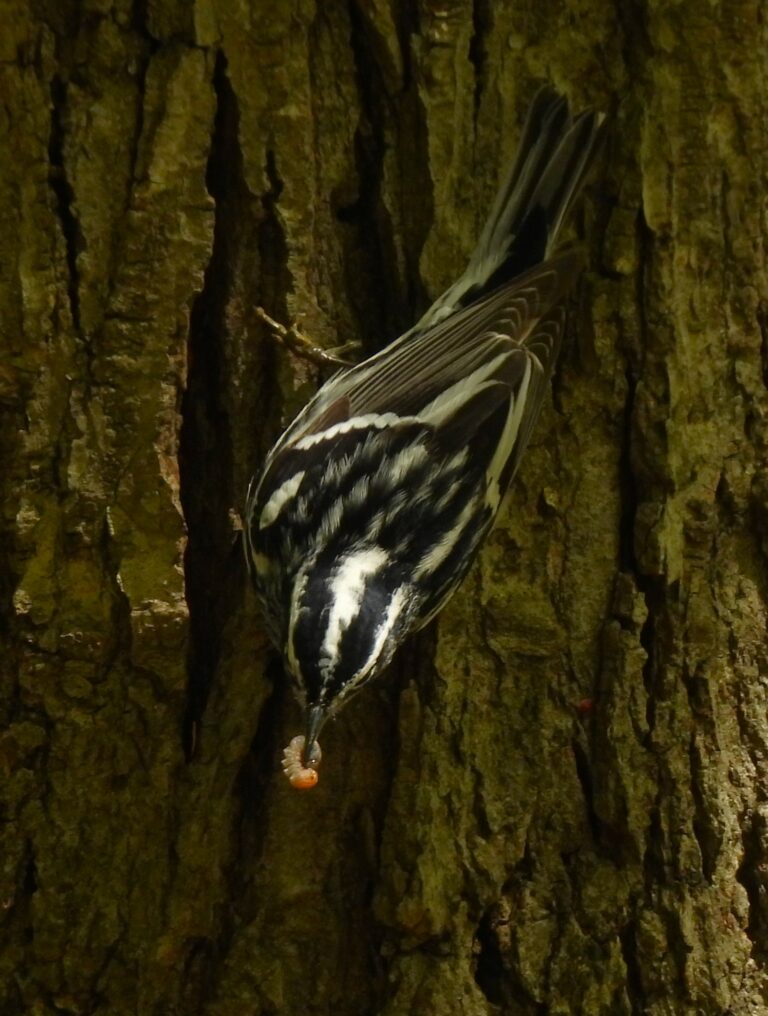
May 13 this year was selected by the Cornell Lab of Ornithology as Global Big Day. Birders all over the globe responded by heading out to the forests, jungles, beaches and grasslands to locate 7,463 species of birds.
The United States leads in numbers of checklists and birders, with 45,000 birders turning in 71,000 checklists, locating 727 species of birds, a large chunk of the close to 900 species endemic to the US.
The abundance of birds in the tropics meant that a much smaller group of dedicated birders in Columbia managed to top the species finds, with 1,433 species, followed by Peru, Brazil, Ecuador, and India.
Every contribution was important. Botswana and the Congo, with just 7 checklists each, managed to identify over 200 species of birds in each country. The 143,000 checklists submitted on ebird.org in 24 hours shattered last year’s world record of 132,000 checklists.
Birders here in Nassau County did their part, submitting 112 checklists with 166 species on Big Day. Suffolk and New York City birders were equally hard at work with each county tallying around 150 species. New York State birders together identified 259 species, with Nassau and Suffolk leading the pack.
I headed out of my usual stomping grounds to Alley Pond Park in Queens. We managed to locate 54 species, though it was frustrating birding, where we heard many more birds than we saw. Aided by the free Merlin app from Cornell and hard-acquired knowledge, we could reliably identify most of the calls.
If you use Merlin, regard what it tells you with a grain of salt- it hears human voices as Great Horned Owls, can be fooled by Mockingbirds, and is confused by overlapping calls. That said, it can also point you to what might be in your vicinity to verify visually.
High numbers flagged by ebird.org were 11 Wood Thrush. This park is a prime breeding spot for these lovely birds which have the most melodic song of all birds (in my humble opinion). That lovely song can be heard by searching for YouTube videos or on the Merlin app.
Since this date was picked as the peak of spring migration, we were focused on the beautiful warblers migrating from the south in full breeding colors. We managed to spot or identify the songs of 17 species of warblers, almost half the 35 species that can be observed in New York.
That 35 species includes several species are very tough to find because of their sneaky habits, or because they are found in limited numbers, or in small geographic areas.
But warblers aren’t the only birds heading for their breeding grounds. Thrushes, tanagers, buntings, sparrows, and a variety of shorebirds are also winging north. The habitat dictates what birds are likely to be found.
Most shorebirds will be along the Atlantic beaches, but certain species like ponds. Many songbirds are feeding on caterpillars in the treetops, leading to a phenomenon known as “warbler neck” from craning to see tiny birds flitting 100 feet overhead.
But some prefer the low thickets where they can be singing a few feet away while being completely hidden. A caveat at this time of year is that birds exhausted from flying over the ocean will land anywhere it looks like they can find food, regardless of whether it’s their preferred habitat.
In addition to being fun, Big Day provides scientists with a snapshot of numbers and locations of thousands of bird species worldwide.
Added to the Christmas Bird Count and the newly introduced October Big Day, a big picture of the movement, migration routes and whether species are gaining, stable or declining can be teased out.
You don’t have to be a gonzo birder to participate in any of these events, you just need a free ebird account and a place to observe birds to contribute to citizen science.






